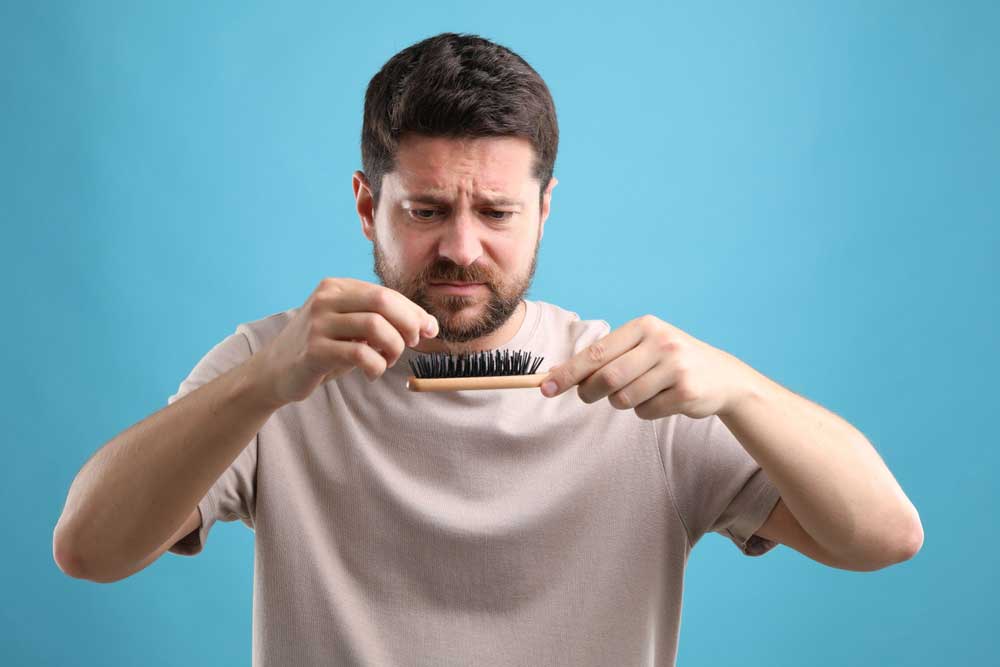Disclaimer: The material on this website is provided for informational purposes only and should not be used in place of medical advice. Always consult your physician before beginning any therapy program or treatment plan.
Hair Cycle Phases in Normal Hair Growth
In normal hair growth, our hair follicles go through several distinct phases:
- Anagen: Also known as hair growth. During what is considered the active stage of the hair cycle, new hair is being formed that pushes club hair (hair that is not in the anagen phase) up and out of the follicle. Hair in the stage can remain there for 2-6 years.
- Catagen: During catagen, hair growth stops. Club hair begins to form. Hair in this stage can remain in this transitional phase for 2-3 weeks.
- Telogen: Also known as the resting phase. During this stage, the hair follicle is at rest and the club hair is fully formed. Hair in this phase remains there for about 100 days (“Hair Loss: The Science of Hair”, 2010).
How The Hair Cycle is Related to Hair Loss
Normally, approximately 90% of our hair follicles undergo the anagen phase, 1% catagen, and 9% telogen. However, in pattern hair loss, there is an imbalance in how our hair cycles through the phases. As a result, the length of the anagen phase decreases. The proportion of hairs in the catagen/telogen phases increases, leading to an increase in the production of finer, shorter hairs and can ultimately progress to total hair loss (Whiting, 2002).
References:
(2010, March 1). Hair Loss: The Science of Hair. Retrieved from https://www.webmd.com/skin-problems-and-treatments/hair-loss/science-hair#2
Whiting, D. A. (2002). Male pattern hair loss: current understanding. Wiley Online Library, 37, 561-566. https://doi.org/10.1046/j.1365-4362.1998.00542.x


